What Size Filter For 24-70mm Lens?
When it comes to photography, the quality of your images can be significantly influenced by the accessories you use, and one of the most essential accessories for any lens is the filter. For those who own a 24-70mm lens, understanding the appropriate filter size is crucial for achieving the best results. In this article, we will delve into the specifics of choosing the right filter size for a 24-70mm lens, the types of filters available, and how they can enhance your photography.
Understanding Filter Sizes

The filter size for a lens is determined by the diameter of the front element of the lens. This measurement is usually indicated on the lens itself, often marked with a "ø" symbol followed by a number. For most 24-70mm lenses, the filter size is typically 82mm, although this can vary depending on the specific make and model of the lens. It is always advisable to check the lens specifications or the lens barrel to confirm the exact filter size.
Types of Filters
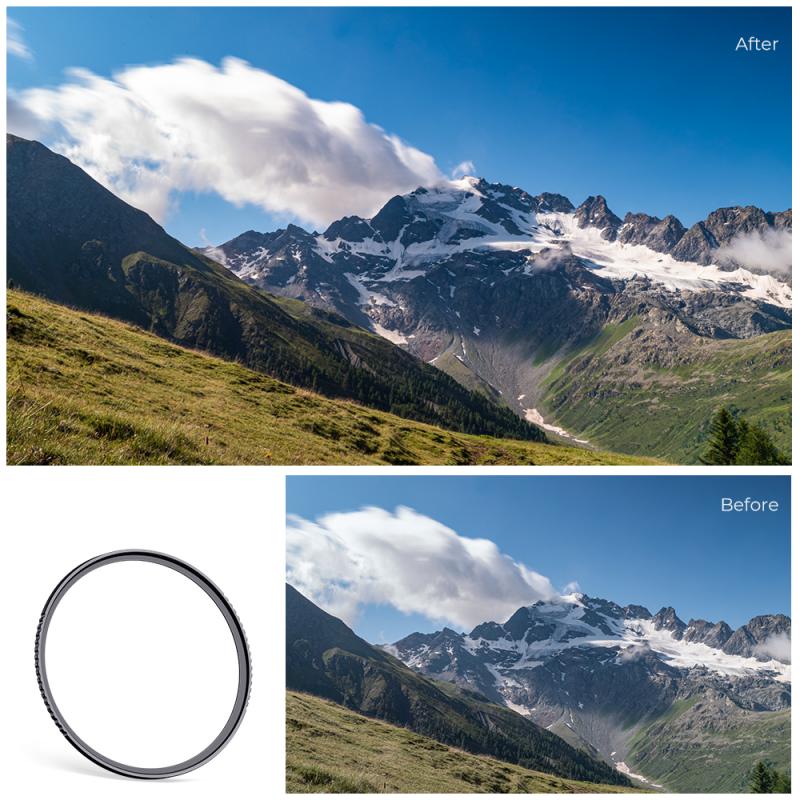
Once you have determined the correct filter size for your 24-70mm lens, the next step is to understand the different types of filters available and their respective uses. Here are some of the most common types of filters and how they can benefit your photography:
1. UV Filters: These are primarily used to protect the front element of the lens from dust, dirt, and scratches. While they do not significantly affect image quality, they can help reduce haze and improve contrast in certain conditions.
2. Polarizing Filters: These filters are excellent for reducing reflections and glare from non-metallic surfaces such as water and glass. They also enhance the colors and contrast in your images, making skies appear bluer and foliage greener.
3. Neutral Density (ND) Filters: ND filters reduce the amount of light entering the lens, allowing for longer exposure times or wider apertures in bright conditions. This is particularly useful for landscape photography, where you might want to create a motion blur effect with moving water or clouds.
4. Graduated ND Filters: These are similar to ND filters but have a gradient that transitions from dark to clear. They are ideal for balancing the exposure between the sky and the foreground in landscape photography.
5. Color Filters: These filters can add a color cast to your images, which can be used creatively to enhance mood or atmosphere. They are more commonly used in black and white photography to alter the contrast between different colors.
6. Close-Up Filters: Also known as diopters, these filters allow you to focus closer to your subject, effectively turning your 24-70mm lens into a macro lens. They are a cost-effective alternative to purchasing a dedicated macro lens.
Choosing the Right Filter
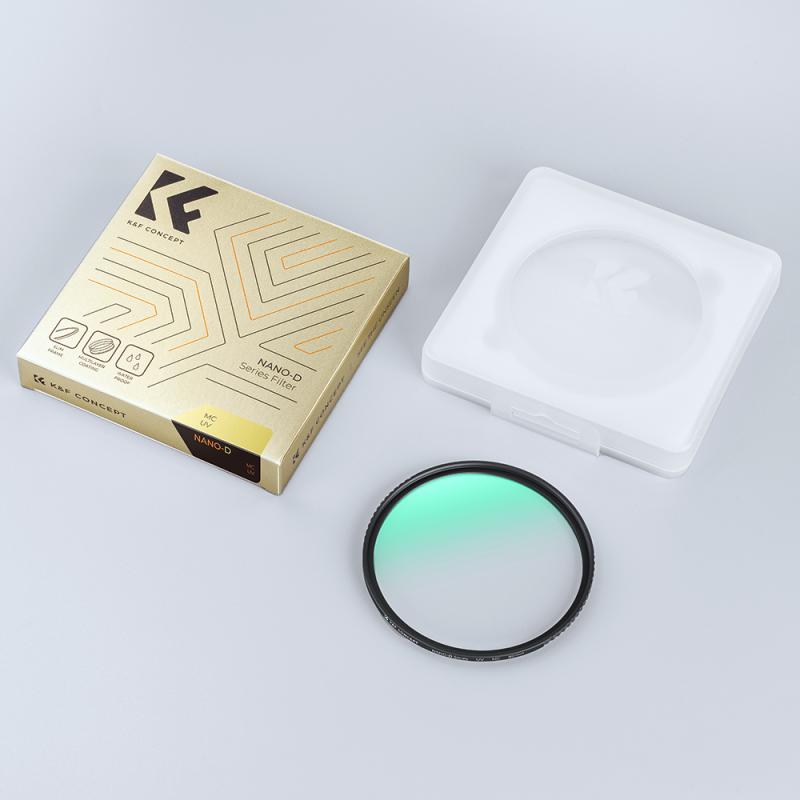
When selecting a filter for your 24-70mm lens, there are several factors to consider:
1. Quality: The quality of the filter can have a significant impact on your image quality. High-quality filters are made from optical glass and have multi-coatings to reduce reflections and increase light transmission. Investing in a good quality filter can make a noticeable difference in your photos.
2. Compatibility: Ensure that the filter you choose is compatible with your lens. This includes not only the correct filter size but also the type of filter thread. Some filters have a slim profile to prevent vignetting (darkening of the corners) on wide-angle lenses.
3. Purpose: Consider what you want to achieve with the filter. For general protection, a UV filter is sufficient. For enhancing colors and reducing reflections, a polarizing filter is ideal. For creative effects, ND or color filters might be more suitable.
4. Brand: While there are many brands available, some of the most reputable ones include B+W, Hoya, Tiffen, and Lee Filters. These brands are known for their high-quality products and reliability.
Practical Tips for Using Filters
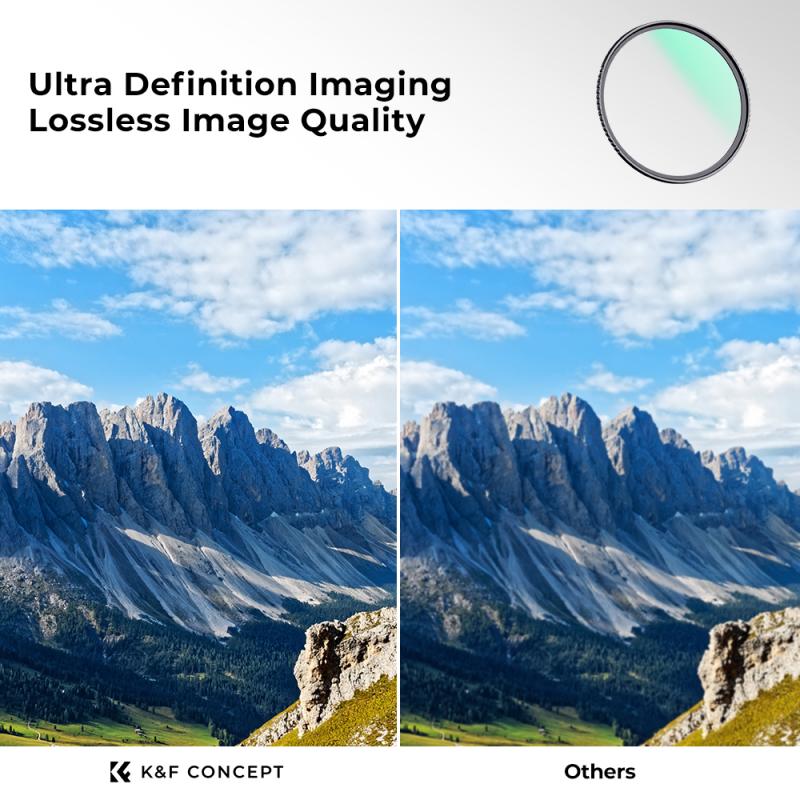
1. Stacking Filters: While it is possible to stack multiple filters on your lens, be cautious as this can lead to vignetting, especially at the wide end of the 24-70mm range. If you need to use multiple filters, consider using a filter holder system.
2. Cleaning and Maintenance: Keep your filters clean to ensure optimal image quality. Use a microfiber cloth and lens cleaning solution to remove smudges and fingerprints. Store your filters in a protective case when not in use.
3. Experimentation: Don’t be afraid to experiment with different filters and settings. Photography is an art, and filters can help you achieve unique and creative results.
4. Shooting in RAW: When using filters, especially color and ND filters, consider shooting in RAW format. This gives you more flexibility in post-processing to adjust the exposure and color balance.
Choosing the right filter size and type for your 24-70mm lens can greatly enhance your photography. By understanding the different types of filters available and their respective uses, you can make an informed decision that suits your specific needs. Remember to consider the quality, compatibility, and purpose of the filter, and don’t hesitate to invest in a reputable brand. With the right filter, you can protect your lens, enhance your images, and explore new creative possibilities. Happy shooting!


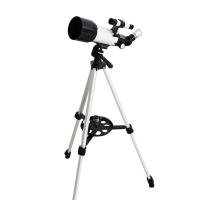
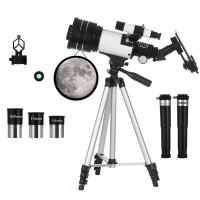







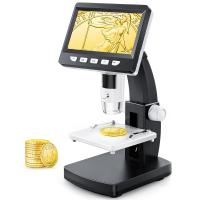
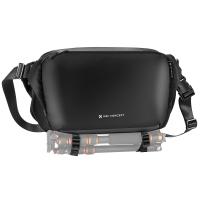



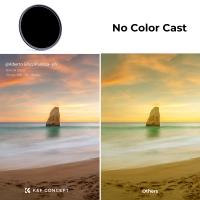

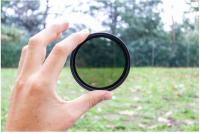
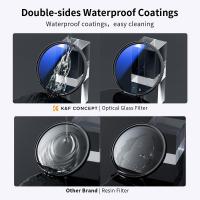
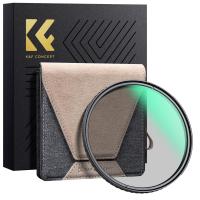
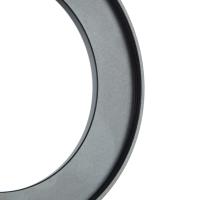
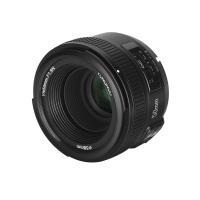
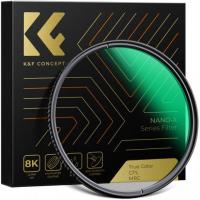
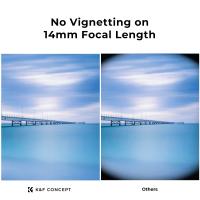
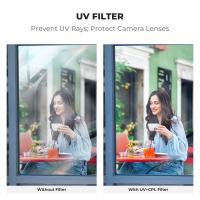



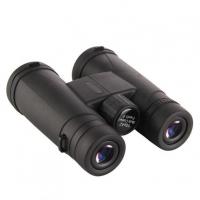
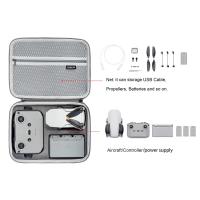


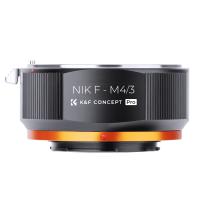

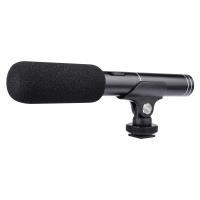
There are no comments for this blog.